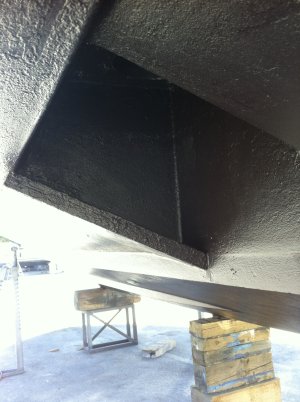jointventureII
Active member
@DAW how has that stood up so far?
I have to say, I'm now up to 17 months without lifting mine, intending to lift in June having been launched Jan 23. I binbag the stern drive leg every time I've finished using the boat so that stays out of the sun but the actual hull is still clean ( 2 coats of Boero Altura 619, velux on the leg)
I have to say, I'm now up to 17 months without lifting mine, intending to lift in June having been launched Jan 23. I binbag the stern drive leg every time I've finished using the boat so that stays out of the sun but the actual hull is still clean ( 2 coats of Boero Altura 619, velux on the leg)

